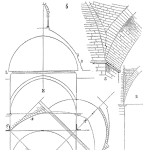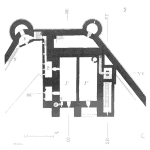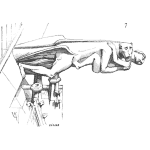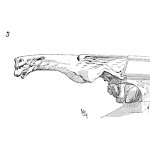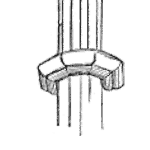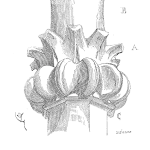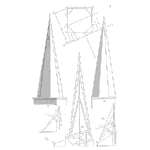
In the situation where you have a sample and would like to know if the population represented by the sample has a mean different than some specification, then this is the test for you. Oh, you also know, which is actually rather rare in practice, the actual variance of the population you drew the sample. [Read more…]


